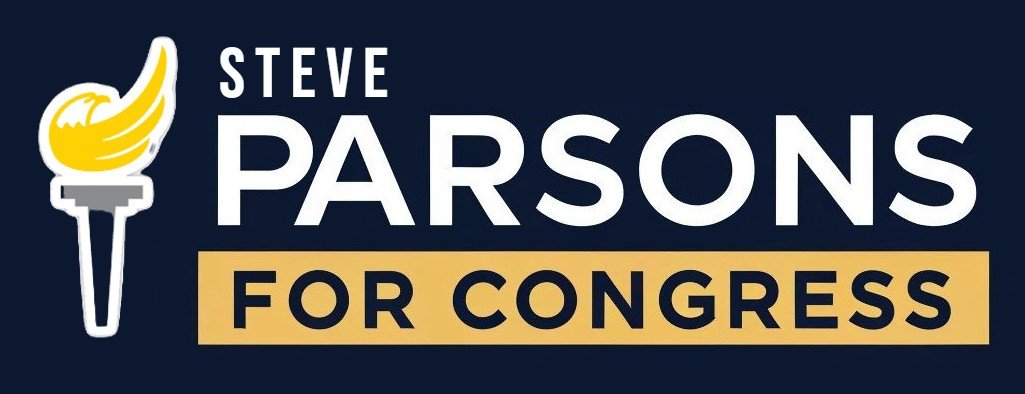Cutting Federal Agencies
At its heart, growth in the number and size of federal agencies is the primary cause of a growing national debt, inflation, constraints on free enterprise, and inefficiencies in our economy. During the majority of the history of this great country the federal government was tiny, with very few federal agencies and those agencies were generally small. However, during the 20th century federal agencies, and federal control of businesses and state and local governments exploded. This occurred even when the original intention was to create a temporary fix (such as the 1920 Jones Act constraining U.S. shipping, see Regulation — SteveParsonsLibertarian.com). Virtually every federal agency deserves to be cut, or eliminated, but below I list the more prominent problem agencies.
FEMA This great country survived for 190 years without FEMA. This program is political, poorly managed, and subsidizes wealthy people living in high risk areas. See Folly of Federal Flood Insurance | Cato at Liberty Blog and Governments Subsidize Disaster—and the Wealthy | Cato at Liberty Blog and Amid Climate Change, FEMA And Government Aid Widen Wealth Inequality : NPR
FBI The FBI, like most federal agencies is vulnerable to political pressures. Moreover, the FBI is prone to ignore the 4th amendment to the U.S. constitution (involving unreasonable search and seizure). Spying on American citizens is simply not acceptable.
U.S. Department of Education. Six words that do NOT exist in the constitution are: child, pupil, student, school, college, or university. There is no constitutional authority for a federal department of education. The 10th amendment requires that there be explicit listing of a federal power or authority, in the constitution itself, for the federal government - otherwise that power resides with the states or the people. The Federal government tends to force states into a national cookie-cutter format. “No Child Left Behind” also means no child gets ahead. Even when the original intent was to fund education, the USDoE ends up forcing states and localities to fit the federal mold. This stifles innovation and programs suited to local needs.
IRS 2025 is a huge opportunity for a fundamental change in the U.S. tax code. Currently, the tax code and accompanying treasury explanatory documents is over 70,000 pages and there are over 200 tax loopholes. The tax code is a morass of conflicting and overlapping inefficient policies. The tax code distorts economically sound decisions, punishes investment and savings, and is biased against investments in long-lived capital assets. These problems can be solved with a flat tax. This will allow the U.S. to eliminate the IRS. See, e.g., Tax Expenditures and Tax Reform | Cato Institute and Federal Tax Reform | Cato Institute and Slashing Tax Rates and Cutting Loopholes | Cato Institute
Federal Reserve. While it would be simple and efficient to simply eliminate the federal reserve, there are ways to drastically limit the federal reserve and achieve a similar result. See, Fed Reform — SteveParsonsLibertarian.com.
